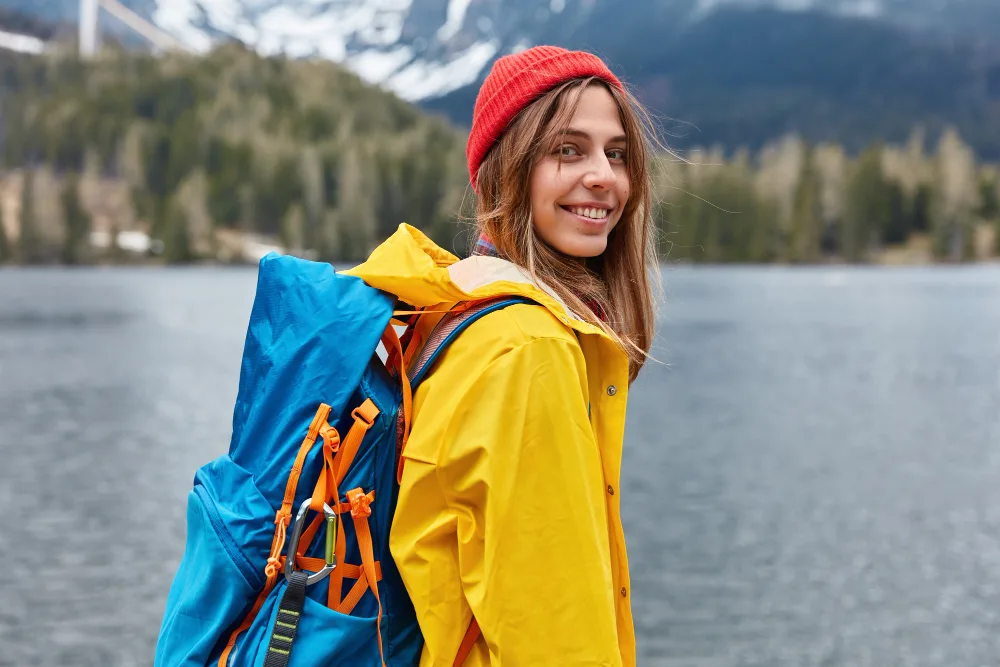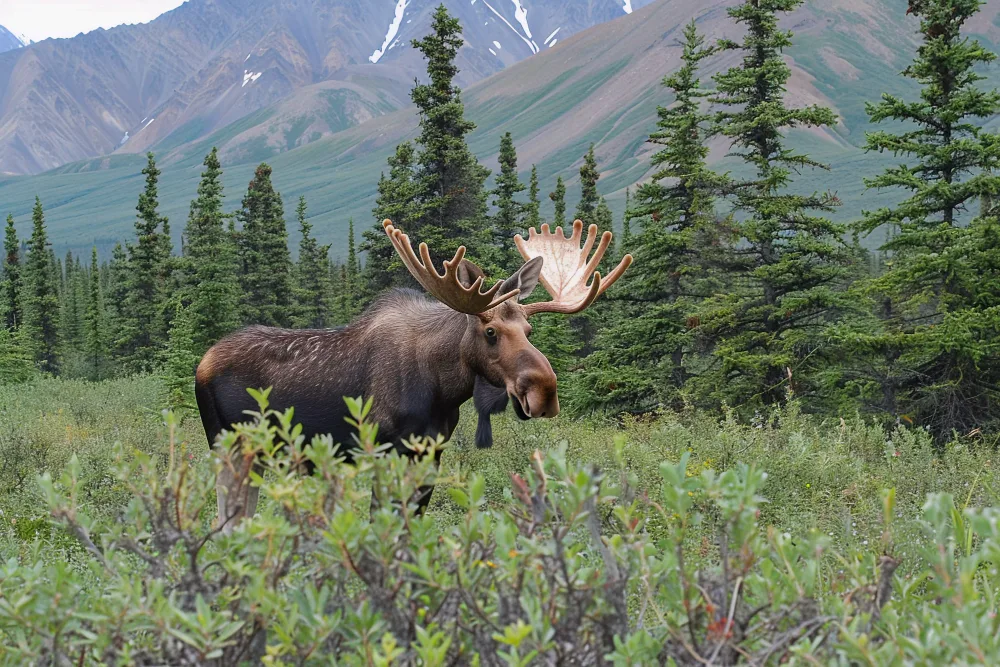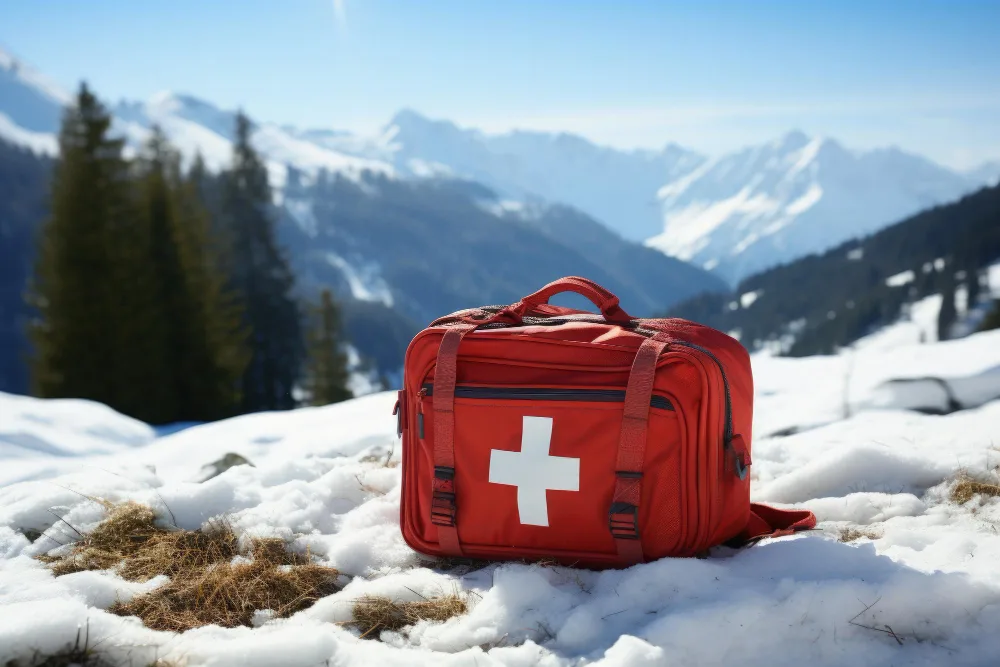Planning a trip to Canada? This stunning country offers breathtaking landscapes, vibrant cities, and unforgettable adventures. But, to make the most of your journey, safety should always be your top priority.
Imagine exploring the majestic Rocky Mountains, walking through bustling city streets, or camping in the serene wilderness. Each experience is unique and thrilling, but they come with their own set of challenges and risks. Understanding how to stay safe will enhance your travel experience.

Weather Awareness
Canada’s weather can surprise you, especially in winter. Always check the weather forecast before you travel. Knowing what to expect helps you pack the right clothes and gear, making your trip safer and more enjoyable.
Stay Warm in Winter
Winters in Canada are famously cold and snowy. Temperatures can drop well below freezing, and heavy snowfall is common. Dress in layers to stay warm. Start with a base layer that keeps sweat away from your skin, like thermal underwear. Add a middle layer, like a fleece or sweater, for warmth. Finally, wear a thick, waterproof coat to protect against wind and snow. Don’t forget a warm hat, gloves, and a scarf to protect your face from the cold wind. Sturdy, insulated boots with good grip are essential to avoid slipping on ice and snow.
Beat the Summer Heat
Summers in Canada can be mild or very hot, depending on the region. Protect yourself from the sun by using sunscreen with a high SPF. Wear a wide-brimmed hat to shield your face and neck, and sunglasses with UV protection to protect your eyes. Stay hydrated by drinking plenty of water, especially if you are spending time outdoors.
Prepare for Quick Changes
Weather in Canada can change rapidly, especially in mountainous areas. Even if the forecast looks clear, it’s wise to be prepared. Carry a lightweight rain jacket or poncho in case of unexpected rain. In the mountains, temperatures can drop suddenly, so bring a warm layer even if it’s warm during the day.
Winter Driving Tips
If you plan to drive in winter, be aware that road conditions can be hazardous. Make sure your vehicle has winter tires for better traction on snow and ice. Keep an emergency kit in your car with essentials like blankets, extra clothing, food, water, a flashlight, and a first aid kit. These items can be lifesavers if you get stuck or stranded. Check road conditions and closures before you travel, and drive slowly and carefully.
Exploring Remote Areas
Remote areas in Canada can have extreme weather. Always let someone know your travel plans, including your route and expected arrival time. This way, if you encounter bad weather and need help, someone will know where to find you. Carry a map and a GPS device, as cell phone coverage might be limited. Bring extra supplies like non-perishable food, water, and a portable phone charger.
Handling Severe Weather
Canada can experience severe weather events like blizzards, freezing rain, and ice storms. Blizzards can reduce visibility and make driving dangerous. Freezing rain can create a layer of ice on roads and sidewalks, making them slippery. Ice storms can bring down power lines and cause power outages. During severe weather, it’s best to stay indoors and avoid travel if possible. If you are caught in severe weather, find shelter immediately. If driving, pull over to a safe location and wait for conditions to improve. Keep your emergency kit handy and listen to local weather updates for information.
Wildlife Safety
Understanding the Wildlife
Canada is home to a diverse range of wildlife, including bears, moose, cougars, and more. These animals are fascinating to see, but it’s important to remember they are wild and can be dangerous. Knowing about the animals you might encounter can help you stay safe.

Maintain a Safe Distance
Always keep a safe distance when you encounter wildlife. Getting too close can be dangerous for both you and the animal. Use binoculars or a zoom lens to observe from afar. This way, you can enjoy watching them without disturbing their natural behavior.
Don’t Feed the Animals
Never feed wild animals. Feeding them can make them dependent on human food and can lead to dangerous situations for future visitors. Animals used to human food can become aggressive. Always keep your food securely stored and out of reach of wildlife.
Proper Food Storage
If you’re camping or hiking, it’s crucial to store your food properly. Use bear-proof containers or hang your food from a tree at least 10 feet off the ground and 4 feet away from the tree trunk. This keeps bears and other wildlife from getting to your food and keeps you safe.
Carry Bear Spray
In areas known for bear activity, always carry bear spray. Bear spray is a powerful deterrent that can help protect you in case of a bear encounter. Make sure you know how to use it before you need it. Practice removing the safety clip and aiming the spray so you can act quickly if necessary.
Make Noise
When hiking in areas where bears or other large animals are common, make noise to avoid surprising them. Talk, sing, or clap your hands at regular intervals. This alerts wildlife to your presence and gives them a chance to move away before you get too close. Most animals will avoid humans if they know we’re coming.
Health Precautions
Get Travel Insurance
Canada has excellent healthcare, but medical expenses can be high. Having travel insurance can cover costs like doctor visits, hospital stays, and even medical evacuation if necessary. Make sure your insurance covers the activities you plan to do, such as skiing or hiking, and read the fine print so you know what is included.
Bring Your Medications
Always carry any necessary medications with you. If you take prescription medications, bring enough to last your entire trip, plus a few extra days in case of delays. Keep your medications in their original containers with the labels intact to avoid issues at customs. It’s also a good idea to carry a copy of your prescriptions and a note from your doctor explaining your need for the medication.

Know Where to Get Medical Help
Before you travel, find out where the nearest hospital or clinic is located at your destination. Knowing where to go in case of a medical emergency can save valuable time. Many hotels and tourist information centers can provide this information. It’s also useful to know that the emergency number in Canada is 911, which connects you to police, fire, and medical services.
Protect Yourself from Insects
Insect bites can be more than just annoying; they can carry diseases. In Canada, mosquitoes and ticks are the main concerns. Mosquitoes can carry West Nile virus, and ticks can carry Lyme disease. To protect yourself, use insect repellent on exposed skin and clothing. Wear long sleeves and pants, especially when hiking or in wooded areas. Light-colored clothing can help you spot ticks more easily. After spending time outdoors, check your body for ticks and remove any promptly.
Protect Yourself from the Sun
Protecting yourself from the sun is crucial, especially during the summer or at high altitudes. Wear sunscreen with a high SPF to protect your skin from harmful UV rays. Reapply sunscreen every two hours, or more often if you’re swimming or sweating. Wear a wide-brimmed hat and sunglasses with UV protection. Seek shade during the peak sun hours from 10 a.m. to 4 p.m. to reduce your risk of sunburn and heat-related illnesses.
Natural Disaster Preparedness
Identify Local Hazards
Canada’s diverse landscapes mean that different regions face different natural disasters, such as floods, wildfires, and earthquakes. Research the area you are visiting to understand the specific risks you might encounter.
Stay Updated
Keep yourself informed about potential risks before and during your trip. Regularly check weather forecasts and news updates. Use apps and websites that provide real-time alerts for natural disasters. Pay attention to local authorities’ announcements for guidance and instructions during emergencies.
Flood Safety
Floods can occur due to heavy rainfall, rapid snowmelt, or overflowing rivers. If you’re visiting a flood-prone area, know the local flood risks and have a plan. Avoid traveling through these areas during heavy rains. If you encounter a flood, move to higher ground immediately and never attempt to walk or drive through floodwaters, as they can be deeper and stronger than they appear.
Wildfire Precautions
Wildfires are common in many parts of Canada, especially during dry summer months. If you are in a wildfire-prone area, check for fire bans and follow local regulations. Avoid starting campfires unless permitted, and never leave a fire unattended. If a wildfire is reported nearby, follow evacuation orders quickly. Keep your vehicle fueled and ready to leave at a moment’s notice.
Earthquake Readiness
Earthquakes can happen without warning and cause significant damage. If you are in an earthquake-prone area, know what to do during and after an earthquake. During an earthquake, drop to your hands and knees, cover your head and neck, and hold on to something sturdy. Stay indoors until the shaking stops, and avoid using elevators. After the quake, prepare for aftershocks and check for structural damage before re-entering buildings.
Build an Emergency Kit
Having a basic emergency kit is essential when traveling in areas prone to natural disasters. Your kit should include:
- Water: At least one gallon per person per day for at least three days
- Non-perishable food: Enough to last at least three days
- A flashlight with extra batteries
- A first aid kit with bandages, antiseptics, and necessary medications
- A multi-tool or pocket knife
- Warm clothing and blankets
- A whistle to signal for help
- Copies of important documents, such as passports and insurance information
- Cash in small denominations
- A portable phone charger
Know Emergency Contacts
It’s crucial to have a list of emergency contacts, including local authorities, your country’s embassy or consulate, and family or friends back home. Know the local emergency numbers. In Canada, the emergency number is 911. Having this information readily available can save precious time in a crisis.
Conclusion
Check weather forecasts and pack appropriately for Canada’s varying weather conditions. Stay safe around wildlife by maintaining distance, not feeding animals, and using bear spray. Get travel insurance and bring necessary medications to cover potential health needs. Prepare for natural disasters by knowing local risks, staying updated, and having an emergency kit. Practice good health precautions like using insect repellent and sunscreen to stay protected.
FAQs
What should I pack for Canada’s winter weather?
Pack warm clothing in layers: thermal underwear, a fleece or sweater, a thick waterproof coat, warm hat, gloves, scarf, and insulated boots with good grip.
How can I stay safe around wildlife in Canada?
Maintain a safe distance, do not feed animals, store food properly, carry bear spray, and make noise when hiking to avoid surprising wildlife.
Why do I need travel insurance for Canada?
Travel insurance can cover high medical expenses, including doctor visits, hospital stays, and medical evacuation. It ensures you’re financially protected in case of health emergencies.
How can I prepare for natural disasters in Canada?
Know the local risks, stay informed through weather updates and alerts, and have an emergency kit with essentials like water, food, a flashlight, and a first aid kit.
What health precautions should I take while traveling in Canada?
Use insect repellent to protect against mosquitoes and ticks, wear sunscreen to protect from UV rays, stay hydrated, and know the location of the nearest medical facilities.